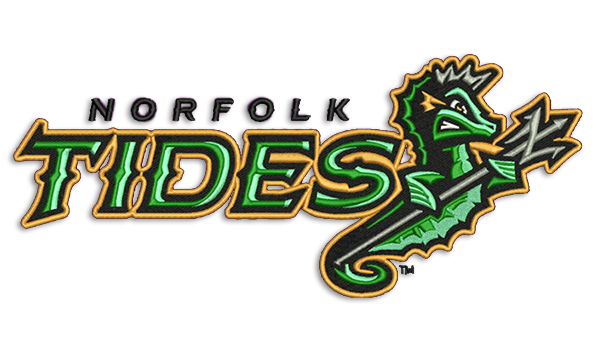Effective Digitizing for Embroidery: Quick Turn-around
Discover Different Types of Needlework Digitizing Methods
Embroidery digitizing has progressed dramatically over the years, providing a myriad of methods to bring layouts to life in the electronic world. The world extends to much more innovative strategies like photorealistic needlework digitizing and the remarkable realm of 3D embroidery digitizing.
Typical Hand Needlework Digitizing
Conventional hand needlework digitizing entails the procedure of transforming intricate hand-stitched styles right into digital styles for device embroidery. This strategy calls for competent craftsmens to thoroughly assess the handmade style and afterwards make use of specialized software to recreate it in a digital style. Each stitch, color, and detail must be carefully translated to ensure that the significance of the initial hand needlework is protected in the digital version.
One of the key challenges of conventional hand embroidery digitizing is recording the intricacies and nuances of the handmade layout. Digitizing for Embroidery. Craftsmens should possess a deep understanding of various needlework strategies, such as satin stitch, chain stitch, and French knots, to properly reproduce these methods in the digital world. Furthermore, they need to have a keen eye for information to make certain that the electronic style preserves the same level of virtuosity and workmanship as the initial hand-stitched piece
Punching Method
To flawlessly transition from traditional hand embroidery digitizing to the punching technique, artisans must currently focus on transforming the detailed electronic layouts right into directions that needlework equipments can interpret. The boxing method includes using specialized software application to develop electronic data which contain commands for the needlework device to follow. This procedure needs a deep understanding of not just the design itself however likewise the capabilities and constraints of the needlework device.

Auto-Digitizing Software Application Programs
Needlework digitizing has been changed by the development of auto-digitizing software application, providing artisans with sophisticated tools to convert digital styles into embroidery device directions effectively. Auto-digitizing software application utilize algorithms to evaluate digital images or vector files and generate needlework layouts instantly. These programs permit for fast and precise conversion of complex styles right into stitch patterns, saving time and effort for embroiderers.
One of the key benefits of auto-digitizing software program is its straightforward user interface, making it easily accessible to both novices and skilled digitizers. These programs frequently include features such as stitch editing and enhancing devices, string shade matching, and the capability to preview the final stitched design. Additionally, auto-digitizing software application can deal with complex designs with numerous shades and complex information, producing top quality embroidery files appropriate for various garments and fabric projects.
While auto-digitizing software program uses benefit and efficiency, it is crucial for customers to comprehend the limitations of automated digitizing. Fine-tuning and hand-operated changes may still be required to accomplish the preferred embroidery quality, particularly when handling intricate or unique styles. By leveraging the capabilities of auto-digitizing software along with manual digitizing strategies, artisans can enhance their needlework digitizing process and develop sensational embroidered items.
Photorealistic Embroidery Digitizing
Making use of advanced electronic imaging techniques, attaining photorealistic lead to needlework digitizing has ended up being a desired skill among modern-day artisans. This strategy involves transforming high-resolution photos into detailed stitch patterns that carefully mimic the initial layout, resulting in embroidery items that article source display realistic detail and depth.
To attain photorealistic needlework digitizing, artisans have to have a keen eye for information and a comprehensive understanding of how various stitch types and densities can influence the final result. By very carefully drawing up each shade and shade in the image, embroiderers can produce an electronic file that guides the needlework maker to replicate the nuances of the original image precisely.
Photorealistic embroidery digitizing is especially preferred in producing custom styles for garments, home decor, and art items where capturing the essence of a picture or art work is vital. This technique enables craftsmens to transform memories, landscapes, pictures, and detailed art work into stunning stitched work of arts that display a mix of typical workmanship and sophisticated modern technology.
3D Needlework Digitizing
With the improvement of digital imaging techniques in achieving photorealistic cause needlework digitizing, the exploration of 'D Embroidery Digitizing' offers a brand-new measurement to the complexities of design replication. 'D Needlework Digitizing' describes the three-dimensional digitizing method that adds deepness and appearance to needlework styles, creating a more realistic and aesthetically enticing last product. This method uses software that imitates the impact of light and shadow on the needlework style, enhancing its overall aesthetic effect.
One of the vital click here now advantages of 'D Needlework Digitizing' Full Report is its capability to make designs look even more natural and vibrant. By adding deepness to the needlework style, the end product shows up extra realistic and captivating (Digitizing for Embroidery). Additionally, this technique permits even more creative liberty in layout implementation, enabling embroiderers to experiment with various structures and impacts that were previously challenging to attain
Verdict
